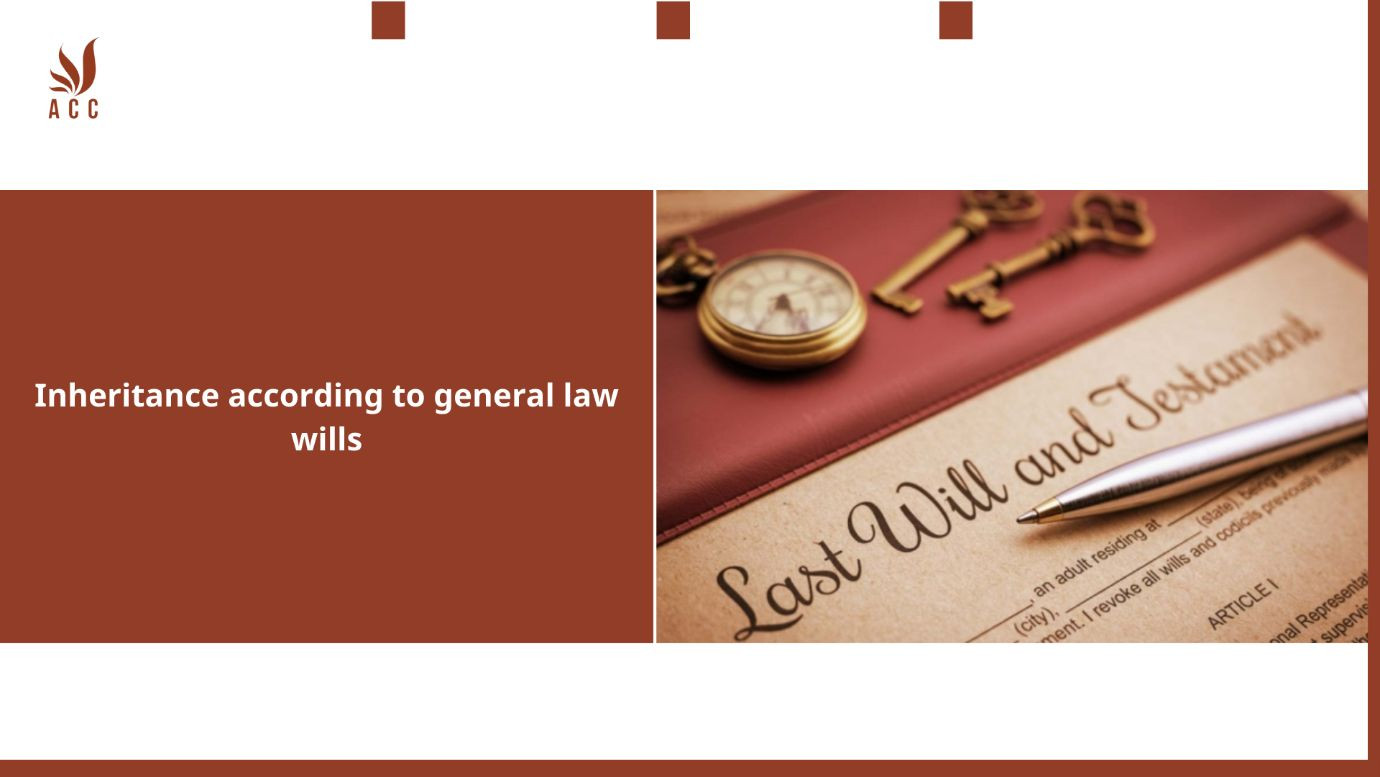To receive an inheritance according to a will, you need to follow a series of legal and administrative steps to ensure that the assets, property, or possessions designated for you in the deceased person's will are transferred to you in accordance with the terms and conditions outlined in the will. Here is a step-by-step guide on how to receive an inheritance according to a will:

1. Locate the Original Will:
The first step is to ensure that you know where the original, signed copy of the deceased person's will is located. This document will specify the details of your inheritance.
2. Notify the Executor or Estate Administrator:
If you are named as a beneficiary in the will, you should be contacted by the executor (the person appointed to manage the estate) or the estate administrator. They will inform you about your entitlement and the inheritance process.
3. Probate (if required):
In many jurisdictions, wills must go through the probate process to validate the will, confirm the executor's appointment, and oversee the distribution of assets. If probate is necessary, the executor will initiate the process.
4. Provide Necessary Information:
The executor or estate administrator may require specific information and documentation from you to facilitate the distribution of your inheritance. This may include proof of identity, contact information, and any necessary legal forms.
5. Wait for Asset Distribution:
Once the executor has settled any outstanding debts, paid taxes, and handled other estate matters, they will proceed with distributing assets to the beneficiaries according to the will's provisions.
6. Receipt and Documentation:
You should receive documentation that confirms your receipt of the inheritance, including details about the assets you've inherited and their value. Keep these documents for your records.
7. When using ACC Law Firm's testament, entrepreneurs will receive
8. Q&a
Q1: What is meant by "inheritance according to general law wills"?
A1: Inheritance according to general law wills refers to the process of distributing a deceased person's assets and property based on the default legal rules and statutes of the jurisdiction when there is no valid will or the will is deemed invalid. In such cases, the laws of intestate succession or default inheritance laws determine how assets are distributed among the deceased person's heirs.
Q2: How are assets distributed under inheritance according to general law wills?
A2: The distribution of assets under inheritance according to general law wills typically follows a predetermined hierarchy of legal heirs, such as spouses, children, parents, or siblings, depending on the jurisdiction. The specific rules and the order of priority can vary by region, but these laws aim to ensure that the deceased person's property is distributed to close relatives in the absence of a valid will.
Q3: What happens if there are no close relatives or legal heirs under inheritance according to general law wills?
A3: If there are no close relatives or legal heirs, the assets may escheat, meaning they revert to the state or government. However, this outcome is relatively rare, as most jurisdictions have provisions to ensure that property ultimately passes to some form of legal heirs, even if they are distant relatives.
Q4: Can individuals make changes to the default inheritance rules of general law wills?
A4: Yes, individuals can often deviate from the default inheritance rules of general law wills by creating their own legally valid wills. A valid will allows the testator (the person making the will) to specify how they want their assets to be distributed, irrespective of the default laws. Creating a will provides the opportunity for customization and ensures that one's wishes are followed upon their passing.
Nội dung bài viết:






Bình luận